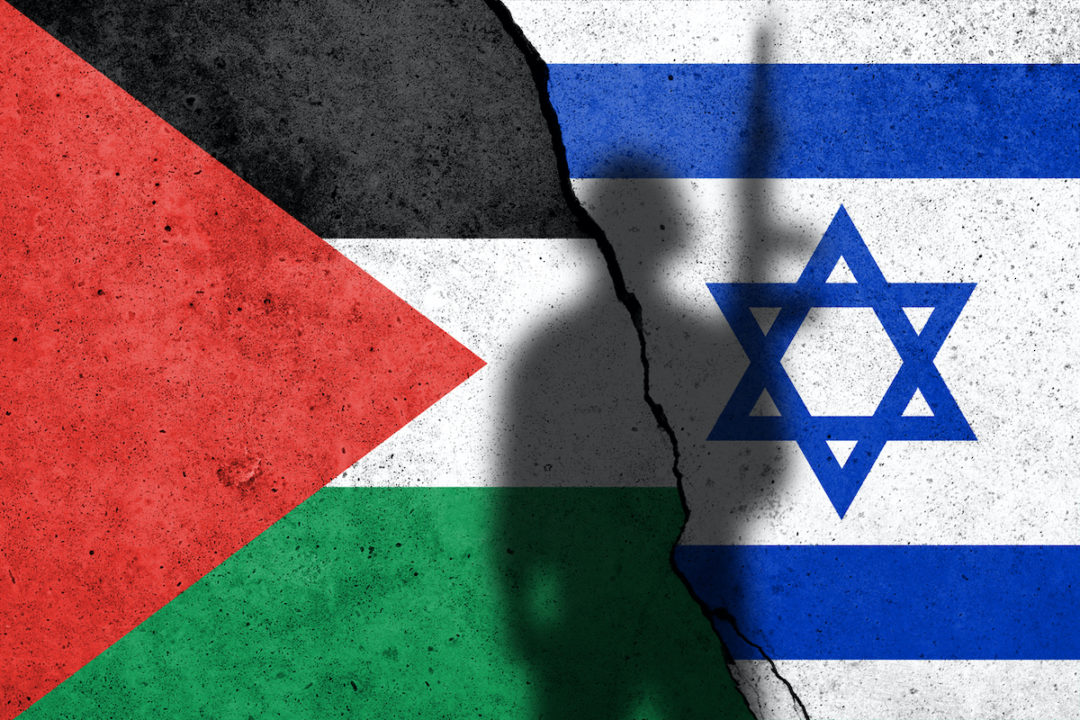The Israeli-Palestinian conflict has long been a contentious issue, and it has sparked intense debates over the two primary solutions: the two-state and one-state approaches. These solutions differ significantly in their principles, goals, and associated challenges. In this article, we will conduct an in-depth comparison of these two approaches to provide a clearer understanding of their potential benefits and drawbacks.
Two-State Solution: A Traditional Approach
Borders and Territorial Division
The two-state solution envisions the creation of two separate states – Israel and Palestine – coexisting with mutually agreed-upon borders. This solution aims to allocate specific territories to each entity, ensuring a clear division and delineation.
National Self-Determination
Proponents of the two-state solution argue that it upholds the principle of national self-determination for both Israelis and Palestinians. Each nation would possess its state, its government, and its full sovereignty, allowing for self-governance.
Diplomatic Recognition
The two-state solution has received substantial international support, backed by entities such as the United Nations, the United States, and numerous other nations. It enjoys widespread diplomatic recognition as a well-established approach to the conflict.
Challenges
Nevertheless, the two-state solution faces significant challenges:
Territorial Disputes:
Defining precise borders for the two states has been an enduring challenge, with disputes over territory, settlements, and Jerusalem complicating negotiations. Border delineation remains a contentious and intricate issue.
Right of Return:
The return of Palestinian refugees to their homeland is a contentious issue within the two-state framework. Accommodating these refugees within the boundaries of the proposed Palestinian state presents logistical and political hurdles.
Security Concerns:
Ensuring security for both nations and preventing conflict remains an ongoing concern, particularly given historical hostilities and mistrust.
The One-State Solution: A Novel Approach
Unity and Equality:
The one-state solution offers a fundamentally different perspective. It envisions a single, unified state that incorporates Israel, the West Bank, and the Gaza Strip. Its fundamental goal is to provide equal rights and citizenship to all residents, regardless of their ethnicity or religion. The emphasis is on fostering unity and equality in a shared state.
Demographic Equality:
Proponents of the one-state approach argue that it effectively addresses the demographic reality on the ground. Israeli Jews and Palestinians coexist in this territory, and this approach seeks to build a shared, inclusive society that reflects this diversity.
Potential for Cooperation:
The one-state solution opens opportunities for cooperation between Israelis and Palestinians within a shared state. By creating an environment that encourages cooperation, it aims to ease tensions and foster mutual understanding.
Challenges:
However, the one-state solution is not without its share of challenges:
- Diplomatic Recognition: It currently lacks the widespread international recognition and support enjoyed by the two-state solution. This can make it a less appealing option on the diplomatic stage.
- Political Obstacles:The shift to a single state could encounter resistance from entrenched political interests on both sides. These entrenched interests may create significant barriers to the practical implementation of this vision.
- Identity and Security:Maintaining both Jewish and Palestinian identities within a single state is a complex endeavor. It requires innovative solutions to address questions of identity and belonging. Furthermore, security concerns persist, and achieving a balance between protecting all residents can be arduous.
Comparative Analysis:
Territorial Clarity:
The two-state solution offers a clear division of territory but continues to grapple with disputes over precise borders. In contrast, the one-state solution presents the challenge of creating a unified, inclusive state while preserving diverse identities and regions.
National Self-Determination:
The two-state solution respects the principle of national self-determination for both Israelis and Palestinians, with each having their separate states. The one-state solution shifts the focus to individual self-determination, emphasizing unity and shared citizenship, rather than two distinct national identities.
Diplomatic Recognition:
The two-state solution enjoys broader diplomatic recognition and international support, making it a well-recognized approach to resolving the conflict. In contrast, the one-state solution is yet to gain a similar level of diplomatic recognition.
Demographic Reality:
The one-state solution mirrors the demographic reality on the ground, where Israeli Jews and Palestinians coexist in the same territory. The two-state solution, by contrast, requires delineating borders that may not align with the demographic reality, potentially leading to population and territory disparities.
Cooperation Opportunities:
The one-state solution offers opportunities for Israelis and Palestinians to collaborate within a shared state, potentially fostering cooperation and understanding. The two-state solution is predicated on the premise of separate entities, which may not encourage the same level of cooperation.
Conclusion:
The Israeli-Palestinian conflict remains a deeply complex issue, and the choice between the two-state and one-state solutions carries significant implications and challenges. The selection of a solution ultimately hinges on the willingness of the involved parties to engage in constructive dialogue, compromise, and negotiation. Moreover, a comprehensive understanding of these solutions is crucial in the pursuit of lasting peace and stability in the region.

